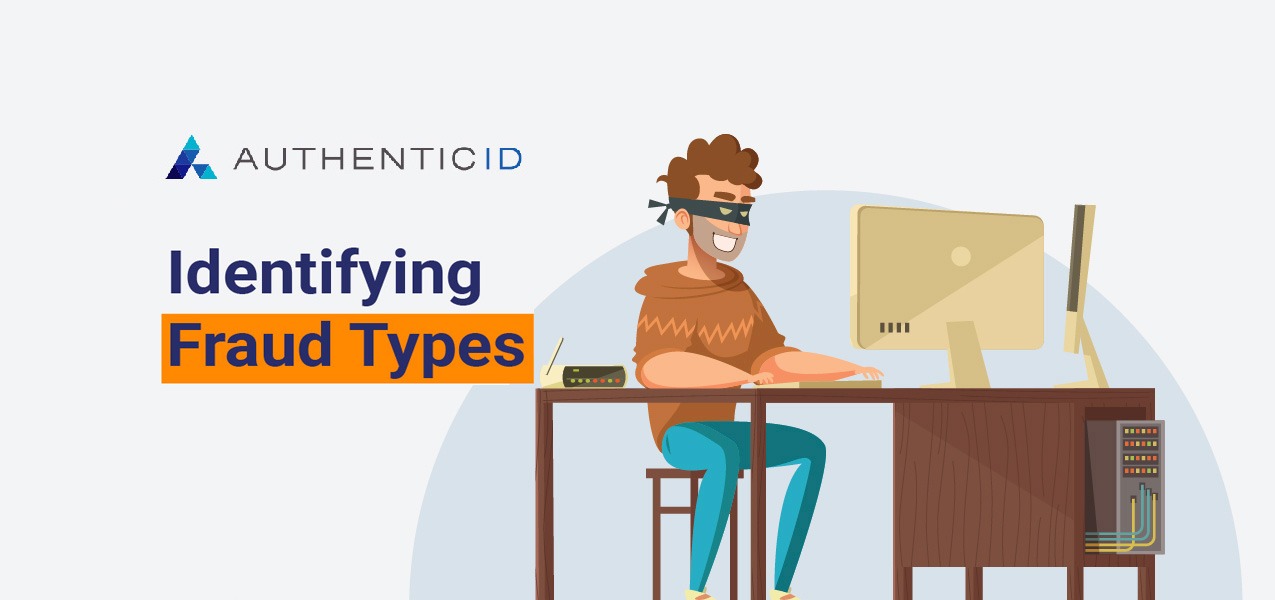In 2022, the FBI received 800,944 reported complaints that exceeded $10.3 billion in fraud losses for businesses’ critical infrastructure and data. Not only is technology getting faster and more sophisticated, but so are cybercriminals.
Tap in to learn more about emerging fraud trends to be aware of, the types of fraud to prevent, what it will cost if you take no action and how to effectively implement fraud prevention techniques and tools.
Fraud Trends and the Influx of AI
Online identity theft and data hacking has been an issue since the internet first began. Let’s dive in.
Leveraging AI and Machine Learning to PERFORM FRAUD
ChatGPT is one of the most prominent generative AI technologies that has everyone talking, with other programs like Dubbed GPT-3.5 (an extension of ChatGPT) and MidJourney offering services such as language prediction and image generation, respectively.
For example, ChatGPT has been documented to hire real-life people to solve CAPTCHAs for what is known as “power-seeking behavior.” Meanwhile, fraudsters are using MidJourney to generate deep fakes that mimic real people to perform authentications that require facial recognition.
Leveraging AI and Machine Learning to DETECT FRAUD
Manually checking for fraudulent activity — especially when it comes to identity verification — is prone to human error and can take time and valuable resources. Machine Learning (ML) and AI create models using historical data to train and detect abnormalities and trends. While this technology is being used to create fraud, it can also be used to prevent it and detect it more accurately.
Types of fraud
No matter what type of scam is being committed, the ultimate goal is to steal resources, money and data. To do so, fraudsters execute one of three types of fraud: first-, second- and third-party.
First-party fraud has to do with individuals who falsely identify themselves by providing incorrect information. This is commonly seen in loan or credit card applications so the perpetrator can get better rates. It’s also a tactic used in insurance claims.
Second-party fraud is also known as friendly fraud, and is committed when someone willingly gives their information to someone else to use. Fraudsters have begun to use this type of online payment fraud by gaining the trust of a victim to send them money.
Third-party fraud is most commonly associated with identity theft and bank fraud schemes. It occurs when cyber criminal steals someone else’s information to take over their bank account, social media, etc. This most commonly happens in online banking systems or loan stacking. When a hacker commits application fraud, they apply to several loans at once using someone else’s information.
With these distinctions in mind, here are a few more specific examples of fraud that are on the rise.
Synthetic fraud
Committing synthetic financial fraud begins when a criminal steals or illegally purchases someone’s real social security number and develops other falsified information like a name and date of birth for a brand new identity. This is done when a criminal steals someone’s SSN or buys it off of the dark web. It could be used for bank fraud, fake IDs, etc.
Account takeover
Account takeover (ATO) is a type of fraud that can seriously hurt the security of both customers and businesses. It happens when an innocent person downloads malicious software or clicks on hostile links, giving hijackers the authority to steal personal information. Once they’re in, they’ll take hold of vulnerable account information to seek profit, disrupt services or create fraudulent transactions.
SIM Swap Fraud
SIM Swap Fraud, also known as SIM card swapping or SIM hijacking, is a type of fraudulent activity in which scammers take control of a victim’s mobile phone number. The scammer gathers personal information about the victim, often through social engineering, phishing, or data breaches, and contacts the mobile carrier, posing as the victim and pretending their SIM card is lost or damaged. Once the new SIM card is activated, they can take over the phone to send and receive calls and text messages, reset passwords and access the victim’s accounts.
Card not present fraud
Today, you can buy something without ever having to pull out cash or a card. You can make a purchase with the tap of your watch, smartphone, or automatic fill-in. Without the right equipment, however, fraudsters could steal your card information to buy something online or over the phone.
Banks are implementing real-time risk management to stop fraud
Fraud risk compliance enforced by the U.S. Government is becoming more robust and has put a strain on the banking industry. LexisNexis found that 59% of mid to large banks’ new customer acquisition was negatively impacted due to compliance onboarding delays.
To keep up with compliance, real-time risk management allows businesses in any industry to monitor a customer’s journey in search of a high-risk and suspicious fraudulent transaction within digital banking.
With persistent risk scoring, a customer could be red-flagged and prevented from entering an online ecosystem.
Identity authentication is a must
All these trends and fraud types need robust identity verification solutions that support user experience (UX) while preventing fraud scams. Customer loyalty is vital for any business, and reducing friction can support healthy UX. Striking that balance between fraud prevention and maintaining customer satisfaction is a task organizations can master with the right strategy and tools. Identity verification by AuthenticID has the perfect solution to help. Our AI-driven technology is backed by the latest fraud prevention methods to help protect our customers and their clients.
Request a demo today to learn more about our capabilities.

